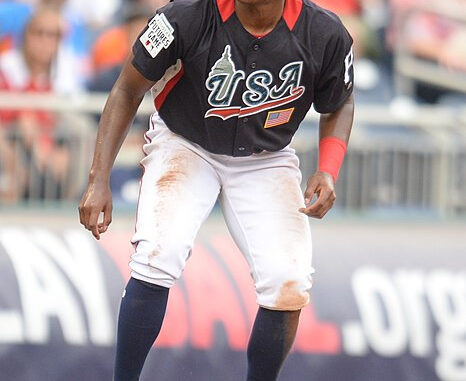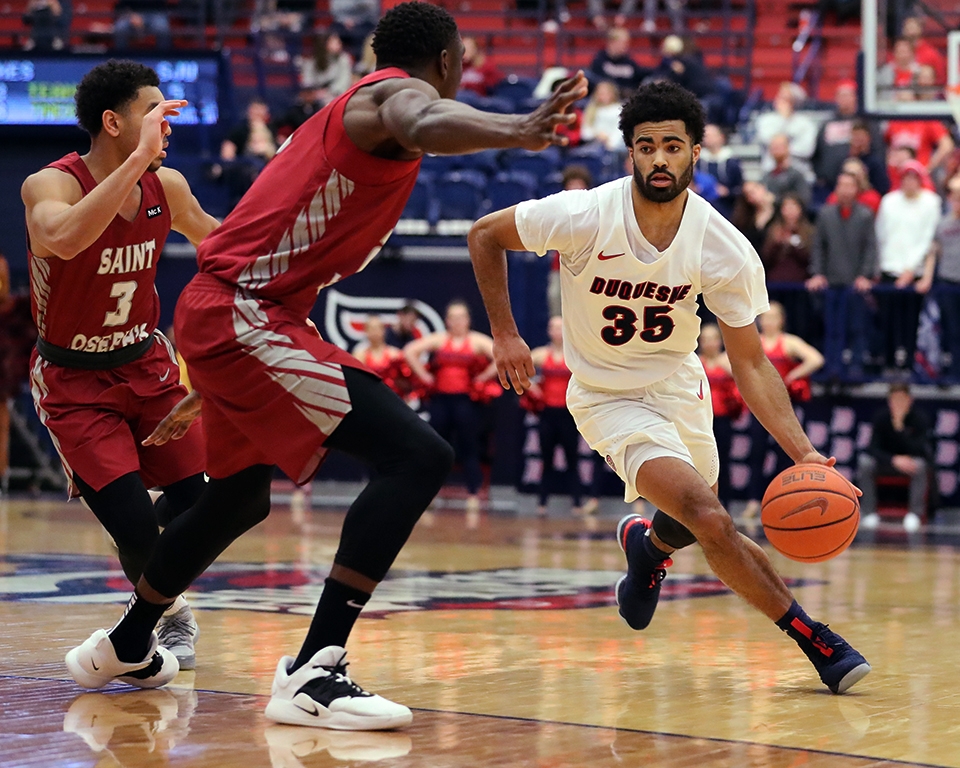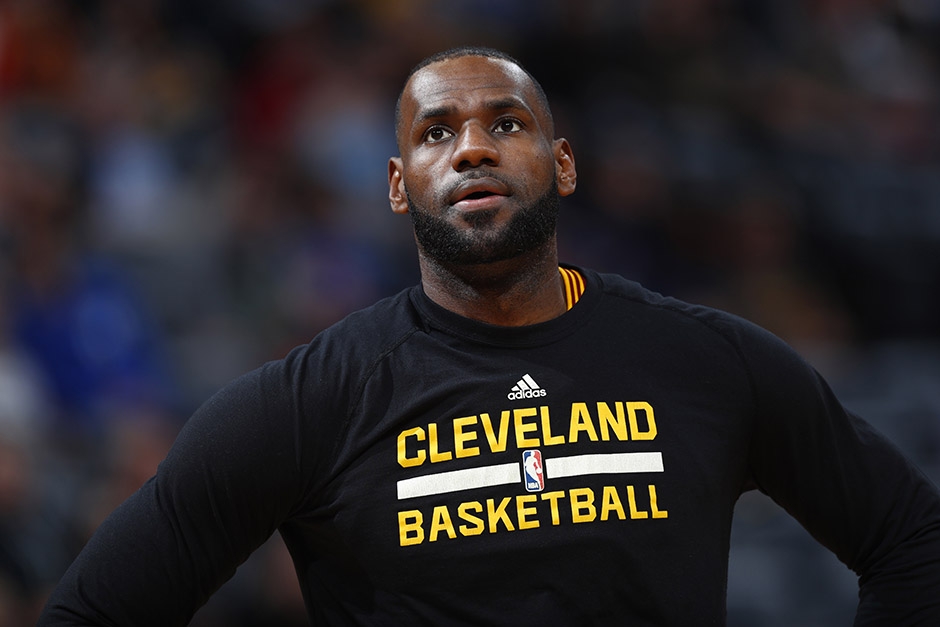
Luke Henne | Staff Writer
Jan. 28, 2021
In just over a year on the job, Pittsburgh Pirates general manager Ben Cherington’s flurry of transactions have made it clear that the franchise is headed in one direction: Rebuild mode.
While the notion of rebuilding has become far too commonplace among Pirates fans, it is a direction in which Cherington and his bosses have deemed to be necessary.
Following a 2019 season in which the Pirates endured a 6-25 stretch from mid-July to mid-August and ultimately played to an ugly 69-93 record (leading to the departure of long-time manager Clint Hurdle and general manager Neal Huntington), Cherington was tasked with changing the team’s identity from one that endured annual mediocrity to one that would be atrocious for a few years but could restock its farm system in the meantime.
In January 2020, the three-time World Series champion executive dealt center fielder Starling Marte — the team’s longest tenured player at that point — to the Arizona Diamondbacks in exchange for shortstop Liover Peguero and pitcher Brennan Malone. Both prospects rank in the top 10 of the Pirates’ prospect system, according to MLB.com.
Amid the COVID-19 pandemic, Cherington used the 2020 MLB Draft in June to select middle infielder Nick Gonzales with the draft’s seventh overall selection. Without playing a game since the end of his collegiate career in March 2020 at New Mexico State University, Gonzales has already ascended to the top spot of the Pirates’ MLB.com prospect list.
In an abbreviated 60-game 2020 campaign, the Pirates won just 19 games, earning the league’s worst record and guaranteeing them the opportunity to select phenom pitcher Kumar Rocker of Vanderbilt University with the first overall selection in the 2021 MLB Draft. Adding Rocker to a farm system that is consistently improving should certainly help to expedite the process of returning postseason-caliber baseball to PNC Park.
Cherington was also able to use the 2020 season to evaluate his roster and determine which players would be kept and which would be moved on from. While it is clear that young stars like third baseman Ke’Bryan Hayes — who hit .376 and five home runs upon being promoted in early September — will be in it for the long haul, Cherington’s actions have made it clear that he is committed to retooling the club wherever he sees fit.
The always-busy Cherington used the final weeks of his first season to grab some low-risk, high-reward type of talent, claiming outfielder Anthony Alford and pitcher Carson Fulmer off waivers. Alford hit a home run and drove in four runs in five games with Pittsburgh prior to a right elbow fracture ending his season. Fulmer did not pitch at all for the Pirates, but does carry the pedigree of being the No. 8 overall selection in the 2015 MLB Draft.
The flurry of moves continued into October, when pitchers Chris Archer and Keone Kela were granted free agency. Both were acquired by Huntington at the 2018 trade deadline as splash moves that were hoped to put the Pirates back into the playoffs. That was not the case, and allowing them to pursue other teams signaled Cherington’s commitment to building a competitive roster in a way he sees fit, undoing mistakes made by Huntington at any and every avenue possible.
Near October’s end, Cherington took the opportunity to pounce on some much-needed catching depth, claiming Michael Perez off waivers from the Tampa Bay Rays. Perez — who drove in 13 runs in just 84 at-bats in 2020 — will likely get the immediate opportunity to serve as the backup to Jacob Stallings.
November saw the franchise release fan-favorite starting pitcher Trevor Williams. Williams’ 3.11 earned run average in 2018 brought much hope to the fanbase, but the following two seasons saw the right-hander post a 5.38 ERA in 2019 and an even worse 6.18 ERA in 2020, prompting the decision by Cherington to let on-field performance speak louder than popularity.
December brought about the end of the tenure for power-hitting first baseman Josh Bell. After a signature 2019 in which Bell hit 37 home runs and competed in the league’s Home Run Derby, his 2020 was anything but signature, as he hit a meager eight home runs. While he still had any value, Cherington took the opportunity to move on, dealing Bell to the Washington Nationals in exchange for pitchers Wil Crowe and Eddy Yean. Yean already ranks in the top 10 of the Pirates’ top prospect list, whereas Crowe is almost certain to make the major league roster (either in the rotation or out of the bullpen) after breaking into the big leagues with Washington in 2020.
Cherington swung another big trade earlier this month, shipping starting pitcher Joe Musgrove to the San Diego Padres in a trade that saw the Pirates acquire four prospects from a loaded Padres system, including another top-10 prospect in outfielder Hudson Head. The trade also saw the Pirates add young relief pitcher David Bednar — a native of nearby Mars, Pa. — to what will be a bullpen starved for fresh arms.
Earlier this week — not even a week after Musgrove was dealt — fellow starting pitcher Jameson Taillon was dealt to the New York Yankees in exchange for a package of four prospects headlined by 22-year-old pitcher Miguel Yajure, who struck out eight batters and pitched to a 1.29 ERA in seven innings of work in 2020. Cherington was able to net the prospects despite Taillon having not pitched since May 2019 due to recovery from a second Tommy John surgery.
With approximately two months to go before the start of the 2021 regular season, very few players left on the major league roster will be off the table. Second baseman Adam Frazier was very likely to be traded entering this offseason, and the recent signing of Wilmer Difo — a longtime middle infielder for the Nationals — only reaffirms that possibility.
It is not always popular to deal away fan favorites left and right, but in doing so, Cherington has made it clear that in order to compete in today’s Major League Baseball, the Pittsburgh Pirates will need to commit a few years to reestablishing a farm system rich with talent that can eventually produce at the major league level.



